-
Posted On Friday, February 17, 2017 by Robert Smith
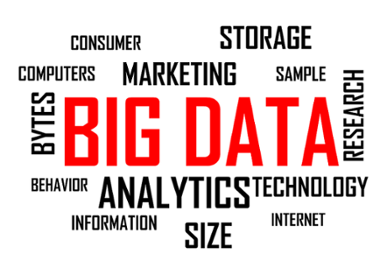
Are you using Big Data in your business's day to day operations? The term “Big Data” refers to data sets that are too large and/or complex for traditional programs and applications to effectively process. Statistics show that the world's capacity to store data has doubled once every 40 months since 1980. There's now so much data that many companies struggle to use it.
How Businesses Use Big Data
However, companies that use Big Data have the upper-hand on their competitors. Companies can use data for many different applications, such as reducing shrink, improving customer satisfaction, identifying market trends, identifying untapped markets, improving efficiency, and much more.
Back in 2006, the streaming video service provider Netflix launched a competition to find a new and more effective algorithm to improve the accuracy of predictions about movies and movie preferences. After collecting thousands of entries from across the world, Netflix selected a winner, which was reported to increase predictive accuracy by 10%. Netflix never implemented the algorithm, however, instead choosing a different version.
While Netflix didn't implement the winning algorithm from its contest, it did ramp up its use of Big Data analytics. It's unknown exactly how many subscribers the company has, but some sources claim it's around 100 million (globally). All of these subscribers are performing actions that can be monitored and analyzed, such as watching movies; pausing and stopping movies; adding movies to playlists; binge-watching shows; searching for new programs; giving movies and/or TV shows ratings; and more. Netflix collects and analyses this data to offer tailored recommendations to its subscribers.
Of course, Netflix is just one example of how Big Data is being used to improve business operations. Amazon, the world's leading online retailer, processes millions of operations per day. It has customized algorithms in place that monitor shoppers' behavior, including products viewed, time spent viewing those products, which products shoppers add to their cart but abandon, etc.
Where to Find Big Data
As a small business owner, though, you might be wondering where to find Big Data. After all, there's no marketplace for Big Data, right?
Well, there are actually marketplaces for data that can be used to drive the various functions of your business; with companies selling customer and prospect data of all types.
If your business revolves around business-to-business (B2B) industrial services, for instance, perhaps you can find a vendor selling data on industrial project intelligence. Or a company that can help with visibility to which companies are hittnig your website so that your sales team can engage.
Alternative, you can collect Big Data yourself. Social media is an excellent source of Big Data. Facebook alone has around 1.5 billion monthly users – a number that continues to grow larger with each passing year. Users also view the “Like” and “Share” buttons on websites approximately 10 million times per day. Some businesses have programs set up to automatically collect and curate data from social media, which can later be used to improve their social media marketing campaigns.
Google Trends is another free-to-use source of data. Owned and operated by the search engine giant of the same name, Google Trends reveals search volume (popularity) for keyword across various regions and across various languages. Head over to Google Trends, select a keyword associated with your business, and it will reveal the relative popularity for that keyword's search volume during the specified time frame. Data such as this can prove invaluable when identifying trends in a business.
It's worth mentioning that there are concerns regarding the ethics of acquiring Big Data. If you purchase Big Data through a third-party provider, find out where and how the provider acquires its data. Some companies may spam or use other nefarious tactics to acquire Big Data, which is something you probably want to distance your small business from.
Putting Big Data to Use
Finding relevant customer and prospect data is only half the battle, however. Unless you know how to put the data to use, it's not going to offer any real benefit to your business. It's relatively easy to set up an application to capture data such as websites visits, pages visited, and average time spent per page. As your website grows, though, these data sets can quickly snowball into a larger and more massive data, making it difficult to properly utilize.
The first step towards using business intelligence data is curating it into categories. This is something that will vary depending on the business, though the general principle remains the same: place similar data together so it can analyzed more easily later. Even if the data is acquired from two or more sources, it should still be placed in the same group if it's similar in nature.
Next, it's time to “understand” this data, which is something that must be accomplished through the use of applications. You can manually scan the data yourself, but Big Data is defined by its sized. Being that it's too large for traditional processing, you won't be able to process it yourself either – not without the help of a proper Big Data analytics solution.
Will Big Data help your small business? While there's no way to definitively state that Big Data will improve your small business, most experts will agree that it's helpful. Using Big Data, small businesses can identify and fix problems, streamline their operations, improve customer satisfaction and more.
What to learn more? Get in Touch
Latest Posts
-
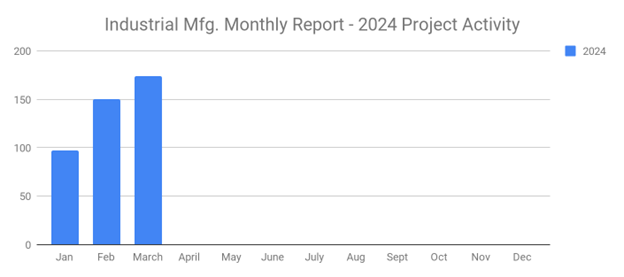
Q1 2024 Ends on a Strong Note with March Producing 174 New Industrial Manufacturing Planned Projects
-
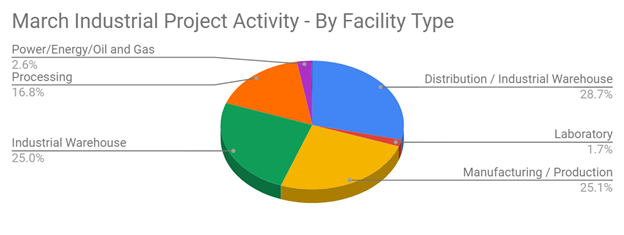
Q1 2024 Ends on a Strong Note with March Producing 174 New Industrial Manufacturing Planned Projects
-
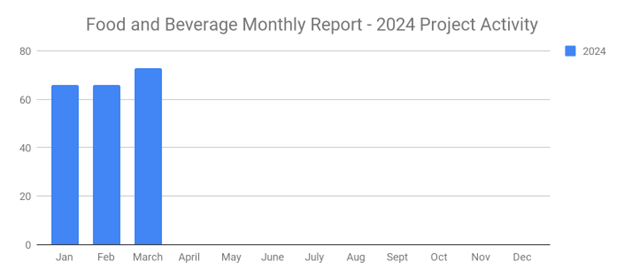
Q1 Brings Strength to the Food and Beverage Industry with 73 New Planned Industrial Project for March 2024
-
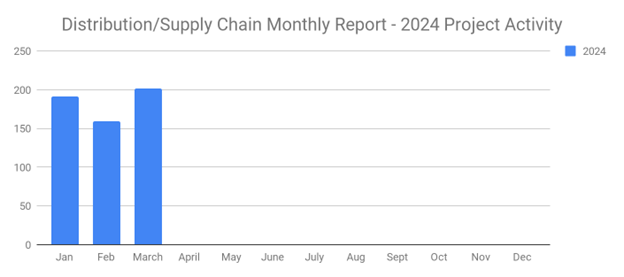
Q1 Rebounds with 202 New Distribution and Supply Chain Planned Industrial Projects in March 2024
